Rolex cal. 3135 issues
-
Recently Browsing
- No registered users viewing this page.
-
Topics
-
Posts
-
By HectorLooi · Posted
If you wish to use a polishing mop on a micromotor, you'll need a motor with a good torque output. I'm not sure if the Foredom is capable of such torque. I miss my lab micromotor. I gave it away to my dental lab guy when I retired. It came with an integrated dust extraction system. The moment the motor is activated, the vacuum starts and continues for awhile more to clear away any dust in the air. A good micromotor has torque feedback, meaning that when a load is applied to it, it increases power to the motor to maintain a constant speed. It should also have current overload protection and thermal protection. It don't like using rotary tools for polishing acrylic crystals, it tends to leave striations which are visible when light hits it at an angle. I prefer wet sanding and a final buff with a wool mop and polishing compound on my bench polishing machine. I have a Foredom hanging motor, an Osada micromotor, a homemade micromotor and a cordless nail spa motor. The cordless motor has very poor torque but it's really handy when working under a microscope. I didn't buy it, I just found it in my letterbox, without a name but with my address. It didn't have a return address either. -
hmmm…this one’s stubborn, innit? You don't describe your technique- if you didn’t do this, try the following: set the lift on it’s end- that’s why it’s shaped that way! Next, opening the jaws all the way sometimes evens out the teeth. Then close so the teeth are slightly narrower than the crystal, carefully place the watch on top and slowly open the jaws until the crystal drops in the jaws while the case edge rests on top of them. Make sure the watch is flat and carefully tighten the jaws. Yes, it may become very tight and you may break the crystal. One of the few things that’s replaceable and considered a consumable in most cases… …before you risk it though…do you have a clear photo from this angle with the backside? I’m not seeing a clear picture to conclude the back isn’t removable…I’m looking at this ebay picture of your watch- that looks like an edge on the case back.. …other versions of this watch have stainless snap off backs…
-
That's a sensible policy, if the wheels are available, but they are becoming hard/impossible to find.
-
It only takes me a minute or two using wet and dry then Polywatch to polish a crystal, I don't see the need to use a rotary tool. Indeed, the only time I tried to use a rotary tool to polish an acrylic crystal, it was far too aggressive and burnt the acrylic - but that was my old tool with a minimum speed of 10,000 rpm
-
By RichardHarris123 · Posted
Tool collection, yes, hording no, I have an aversion to anything not being used. In future, reassemble the movement as far as possible, bag and label what it is and what's missing.
-

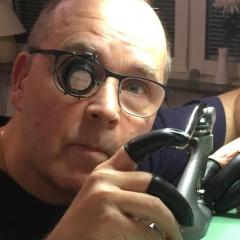

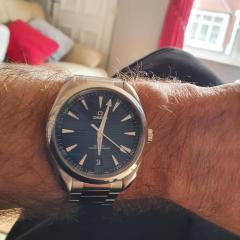
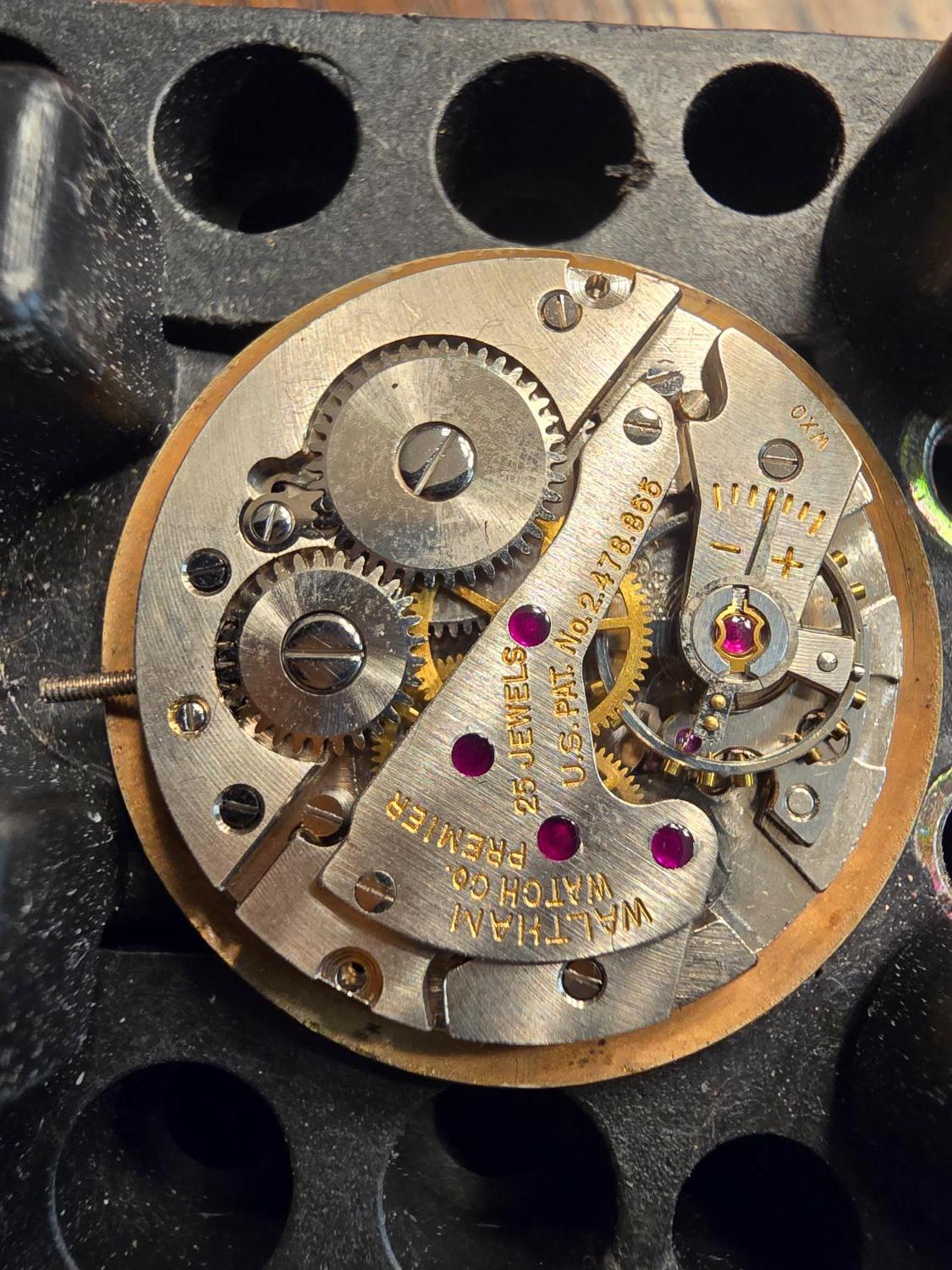
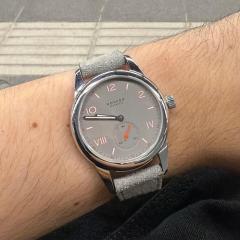
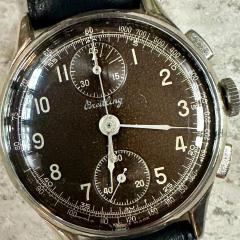

Recommended Posts
Join the conversation
You can post now and register later. If you have an account, sign in now to post with your account.
Note: Your post will require moderator approval before it will be visible.